Solar energy is a clean, renewable source of power that is becoming increasingly popular for homes and businesses. However, to get the most out of your solar panels, it’s crucial to maximize their efficiency. One of the most effective ways to do this is by using these optimizers.
This guide will explain what solar optimizers are, how they work, their benefits, and how they can be integrated into your solar energy system to enhance overall efficiency.
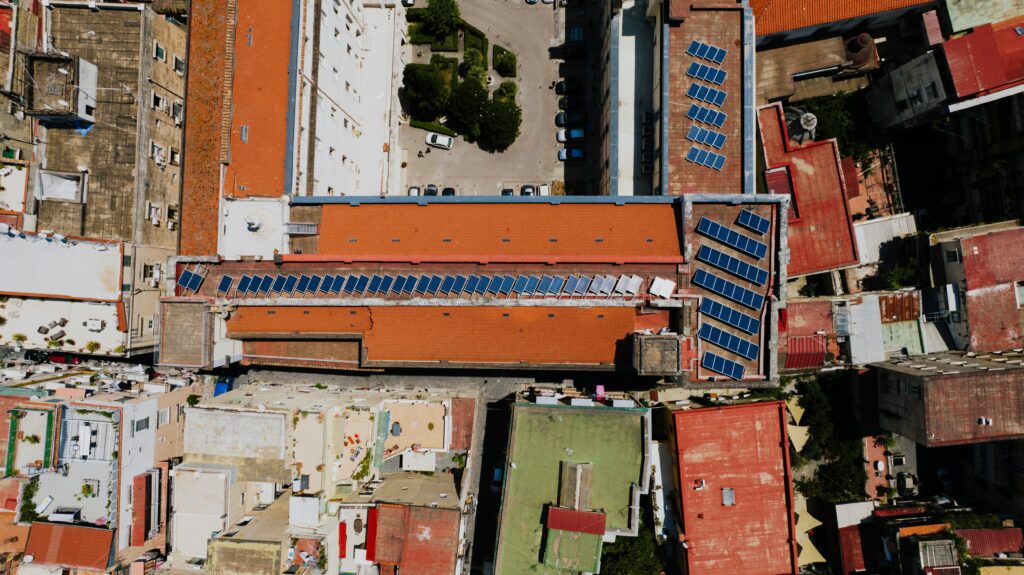
What is a Solar Optimizer?
A solar optimizer is a device that is installed on each solar panel in a solar power system to maximize energy output. Unlike traditional string inverters, which convert the direct current (DC) generated by solar panels into alternating current (AC) for use in homes and businesses, These optimizers work at the panel level to ensure each panel operates at its maximum potential. This is especially useful in systems where shading, panel orientation, or varying panel performance can affect the overall efficiency of the Solar Panels.
How Solar Optimizers Work
These optimizers function by adjusting the electrical characteristics of each panel to its maximum power point (MPP). The MPP is the point at which the panel produces the highest amount of power. By continuously monitoring and adjusting the voltage and current, solar optimizers ensure that each panel is operating at its optimal performance, thereby increasing the overall efficiency of the solar power system.
Step-by-Step Process:
- Monitoring: these optimizers continuously monitor the voltage and current of each solar panel.
- Adjustment: Based on the monitoring data, they adjust the panel’s output to maintain its MPP.
- Data Transmission: The optimizers send performance data to a central inverter or monitoring system, allowing for real-time analysis and troubleshooting.
Benefits of Solar Optimizers
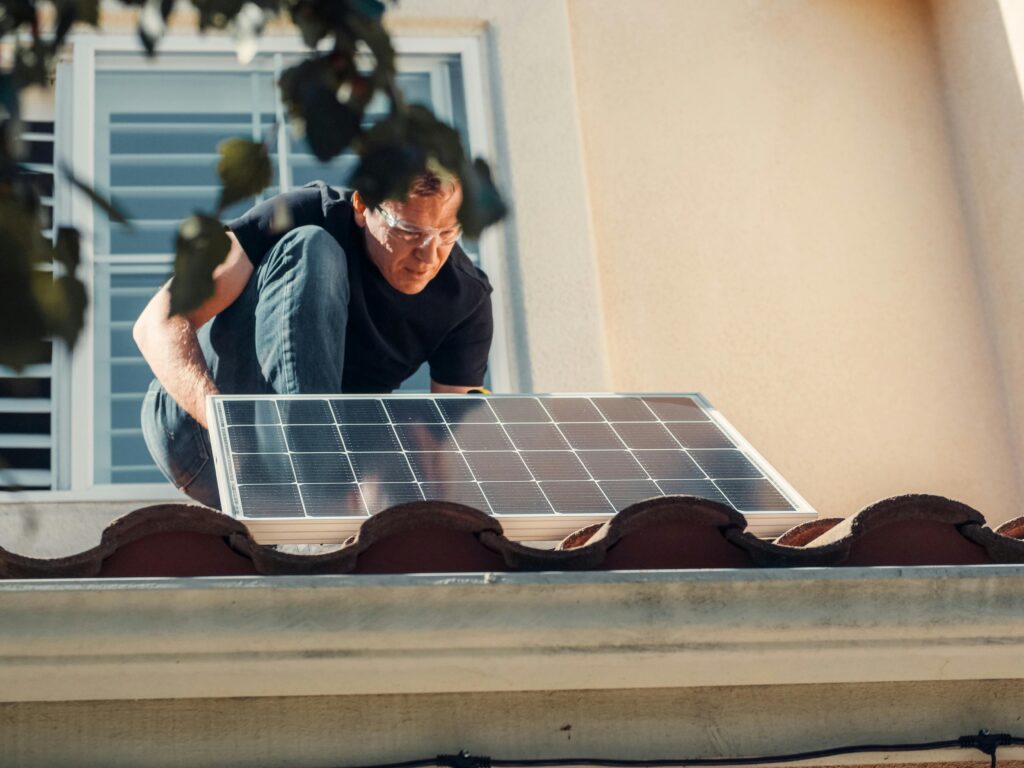
Enhanced Efficiency
Solar optimizers significantly boost the efficiency of solar panels by ensuring each panel operates at its maximum potential. This is particularly beneficial in scenarios where panels are subject to partial shading, dirt, or mismatched orientations.
Improved System Performance
By optimizing the performance of each individual panel, these optimizers can improve the overall performance of the solar power system. This leads to higher energy production and better return on investment (ROI).
Increased Flexibility
Solar optimizers allow for more flexible system designs. Panels can be installed in different orientations and angles without compromising the system’s overall efficiency. This flexibility is particularly useful for installations on complex rooftops or uneven terrain.
Enhanced Monitoring and Troubleshooting
With these optimizers, system owners and installers can monitor the performance of each panel in real-time. This makes it easier to identify and troubleshoot issues, ensuring the system operates at peak performance.
Types of Solar Optimizers
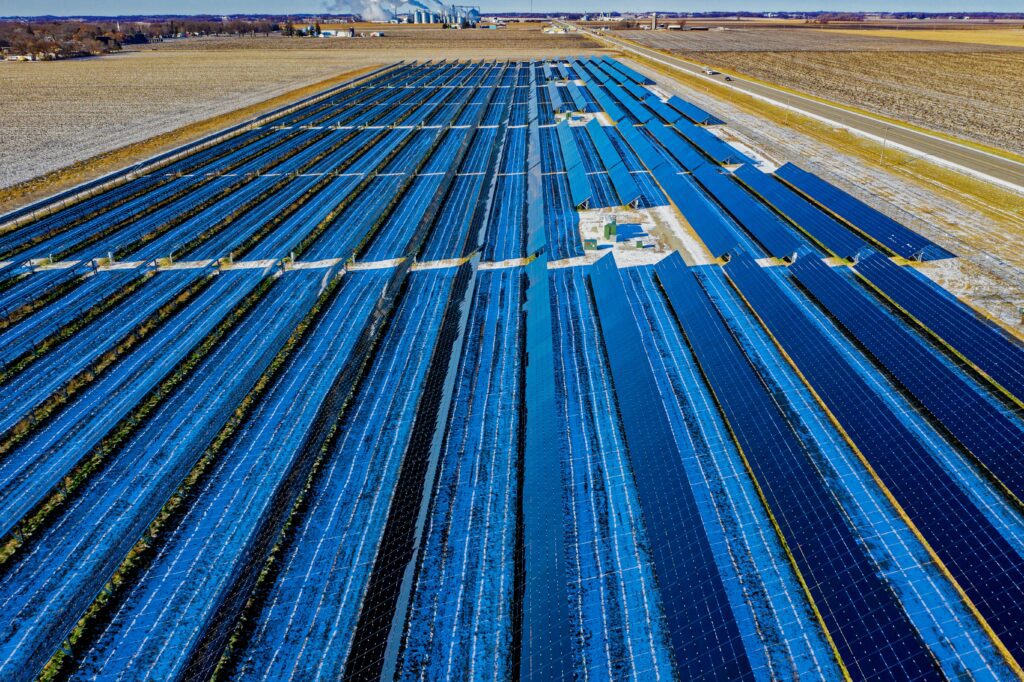
Module-Level Power Electronics (MLPE)
MLPE devices, including solar optimizers, are installed at the module level, providing individual optimization for each panel. This approach ensures maximum energy harvest and improved system reliability.
Power Optimizers vs. Microinverters
While both power optimizers and microinverters offer panel-level optimization, there are key differences:
- Power Optimizers: Work with a central inverter, providing maximum power point tracking (MPPT) at the panel level.
- Microinverters: Convert DC to AC at the panel level, eliminating the need for a central inverter.
Popular Brands
Several manufacturers produce high-quality solar optimizers, including:
- SolarEdge: Known for its innovative power optimizer solutions that enhance system performance.
- Tigo: Offers a range of optimizers compatible with different panel types and inverters.
- Huawei: Provides smart PV optimizers with advanced monitoring capabilities.
Installation and Integration
Pre-Installation Considerations
Before installing solar optimizers, it is essential to assess the site and system requirements. Factors to consider include:
- Panel Type: Ensure compatibility with the selected optimizers.
- Inverter Compatibility: Verify that the optimizers work with the central inverter.
- System Layout: Plan the layout to maximize sun exposure and minimize shading.
Installation Process
- Mounting: Attach the optimizers to the back of each solar panel.
- Wiring: Connect the optimizers to the solar panel’s junction box.
- Integration: Connect the optimizers to the central inverter or monitoring system.
Post-Installation
After installation, perform a thorough system check to ensure all connections are secure and the optimizers are functioning correctly. Monitor the system for a few days to verify performance improvements.
Solar Optimizers and Shading
Shading is a significant challenge for solar power systems. Even a small amount of shading on one panel can reduce the performance of the entire array. Solar optimizers mitigate this issue by ensuring that shaded panels do not drag down the performance of the rest of the system.
Example Scenario
Consider a residential solar installation with 10 panels. If one panel is shaded for part of the day, a traditional system without optimizers would see a reduction in performance for the entire array. With solar optimizers, only the shaded panel’s output is affected, while the others continue to operate at their maximum potential.
Cost and ROI of Solar Optimizers
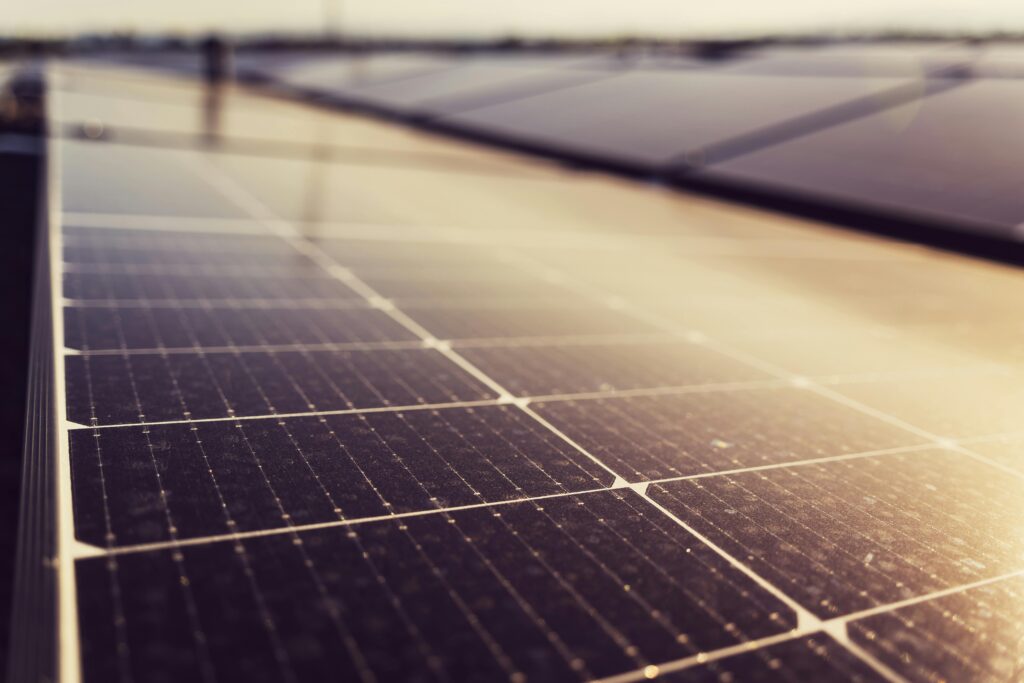
Initial Investment
The cost of solar optimizers varies based on the brand and system size. On average, the additional cost for installing optimizers ranges from $20 to $50 per panel. While this adds to the initial investment, the long-term benefits often outweigh the upfront costs.
Return on Investment
Solar optimizers can significantly improve the ROI of a solar power system by increasing energy production and reducing maintenance costs. The enhanced efficiency and performance translate into higher energy savings and a shorter payback period.
Maintenance and Troubleshooting
Routine Maintenance
Solar optimizers require minimal maintenance. Regular inspections and cleaning of the solar panels will help ensure optimal performance. Additionally, monitoring systems can provide alerts for any issues that may arise.
Common Issues
Some common issues that may occur with solar optimizers include:
- Connectivity Problems: Ensure all connections are secure and check for any loose wiring.
- Performance Degradation: Monitor the system performance and replace any faulty optimizers as needed.
Troubleshooting Tips
- Check Connections: Ensure all connections between the panels, optimizers, and inverter are secure.
- Monitor Performance: Use the monitoring system to identify any panels that are underperforming.
- Contact Support: If issues persist, contact the manufacturer or installer for support.
Future Trends in Solar Optimizers
Advancements in Technology
The solar industry is continuously evolving, and advancements in solar optimizer technology are expected to enhance their efficiency and functionality. Future developments may include:
- Enhanced MPPT Algorithms: Improved algorithms for more precise power optimization.
- Integration with Smart Grids: Seamless integration with smart grid technologies for better energy management.
- AI and Machine Learning: Use of artificial intelligence and machine learning for predictive maintenance and optimization.
Growing Adoption
As the benefits of solar optimizers become more widely recognized, their adoption is expected to grow. This will drive innovation and lead to more cost-effective and efficient solutions for solar energy systems.
How Power Optimizers Work
When sunlight hits a solar panel, it generates DC electricity. Normally, this DC power is sent to a central inverter, which converts it into AC power for home use. However, in systems without optimizers, the performance of the entire array can be dragged down by a single underperforming panel due to shading or orientation issues. Power optimizers address this problem by using maximum power point tracking (MPPT) to ensure each panel operates at its best.
The Role of MPPT
Maximum Power Point Tracking (MPPT) is a technology that continuously adjusts the electrical characteristics of each solar panel to its optimal power point. This ensures that each panel produces the maximum possible power under varying conditions.
Installation on Panels
Power optimizers are installed on the back of each solar panel. They turn each panel into a smart module by tracking its peak output and regulating the voltage before sending the power to the central inverter. This results in optimized performance for every single panel, regardless of orientation, shading, or even minor damage.
Integration with Inverters
Power optimizers work in conjunction with a central string inverter. They manage the voltage of each panel, allowing the inverter to process more electricity efficiently. This integration ensures that your solar power system operates at its peak efficiency.
Advantages of Solar Optimizers
Increased Efficiency in Shaded Conditions
Solar optimizers can increase efficiency by up to 25% in partially shaded conditions. This is because they prevent shaded panels from dragging down the performance of the entire array. If you have a roof with partial shading, power optimizers are an excellent choice.
Individual Panel Monitoring
Solar optimizers provide real-time data on the performance of each panel. This allows for precise monitoring and quick identification of any issues. You can receive notifications if a panel’s performance drops, enabling timely maintenance and ensuring optimal system performance.
Compatibility with DC-Coupled Battery Systems
Since both solar panels and batteries operate on DC power, solar optimizers can efficiently route the DC power from the panels to a DC battery storage system without conversion losses. This makes the system more efficient and effective, especially for homes with battery storage.
Smaller Inverter Size
With voltage regulation happening at the panel level, the central inverter doesn’t need to be as large or bulky. This saves space and can be more aesthetically pleasing.
System Oversizing
Solar optimizers allow for system oversizing, which means you can install more panels than the inverter’s capacity to convert all the energy during peak sunlight hours. This is beneficial for maximizing energy production during lowlight conditions such as early morning or late afternoon. This capability is especially useful if your utility has time-of-use billing, where electricity costs more during peak hours. By generating more power during these times, you can achieve greater savings.
Disadvantages of Solar Optimizers
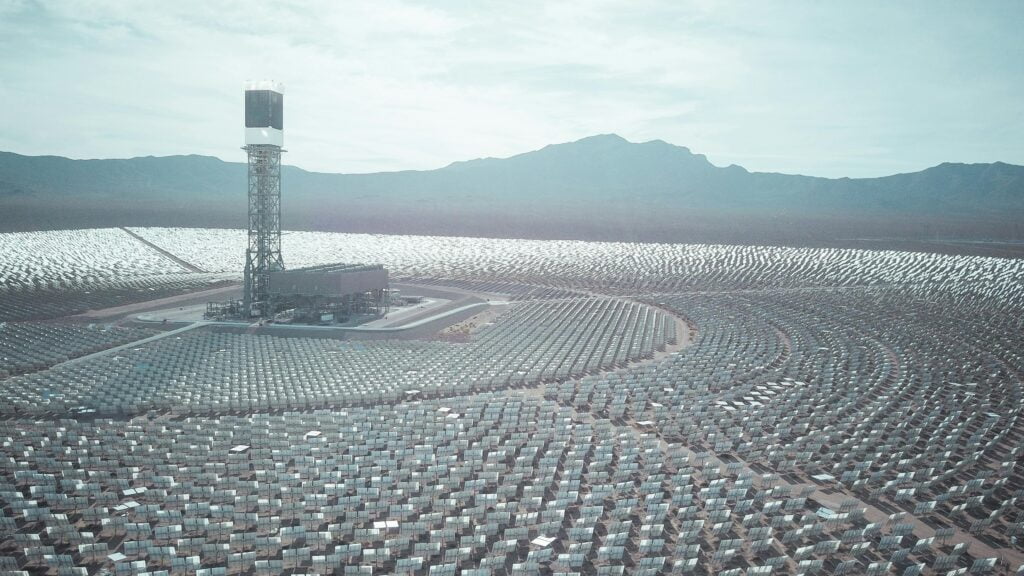
Higher Initial Cost
The initial cost of installing solar optimizers can be higher than traditional string inverter systems. Each optimizer adds to the overall cost of the system. However, this cost is often offset by the increased efficiency and energy production.
Limited Inverter Options
Currently, there are fewer inverter options compatible with solar optimizers compared to traditional string inverters. SolarEdge is a leading manufacturer, but this limited selection can restrict your choices when designing your system.
Warranty and Maintenance Considerations
While solar optimizers often come with long warranties, the central inverter they connect to typically has a shorter warranty period. This means you might need to replace the inverter before the optimizers, potentially adding to long-term costs. Ensuring you have an extended warranty on the inverter can mitigate this issue.
Solar Optimizers vs. Microinverters
Cost Comparison
- Solar Optimizers: Generally have a lower upfront cost compared to microinverters, making them a more economical choice for many installations.
- Microinverters: Tend to be more expensive but offer the advantage of converting DC to AC at each panel, eliminating the need for a central inverter.
Ease of Expansion
- Solar Optimizers: Expanding your system with optimizers can be more challenging since they work with a central inverter that has a fixed capacity.
- Microinverters: Provide greater flexibility for expansion since each panel operates independently.
Lightning Risk
- Solar Optimizers: Have a lower risk of lightning damage due to their simpler design and fewer electronic components.
- Microinverters: With more electronic components on the roof, there is a slightly higher risk of lightning damage.
Monitoring and Performance
- Both systems: Offer panel-level monitoring, allowing you to track the performance of each panel individually.
- Performance in Shade: Both optimizers and microinverters excel in partially shaded conditions, ensuring that shading on one panel doesn’t significantly impact the entire system.
Future Trends in Solar Optimizers
Enhanced MPPT Algorithms
Future advancements in MPPT algorithms will likely improve the precision and efficiency of solar optimizers. These enhancements will enable even better performance in diverse environmental conditions.
Integration with Smart Grids
As smart grid technology becomes more widespread, solar optimizers will integrate more seamlessly with these systems. This will allow for better energy management and distribution, further enhancing the efficiency and reliability of solar power systems.
Use of AI and Machine Learning
Artificial intelligence (AI) and machine learning technologies are expected to play a significant role in the future of solar optimizers. These technologies can predict and address potential issues before they occur, ensuring optimal performance and reducing maintenance costs.
Installation Tips for Solar Optimizers
Choosing the Right Optimizers
Selecting the right solar optimizers is crucial for maximizing your system’s performance. Consider factors such as compatibility with your solar panels and inverter, as well as the specific needs of your installation site.
Professional Installation
While installing solar optimizers can be a DIY project, it’s often best to hire a professional installer. They have the expertise to ensure that the optimizers are correctly installed and integrated with your system, maximizing efficiency and performance.
Regular Maintenance
Regular maintenance is essential to keep your solar power system operating at its best. This includes cleaning the panels, checking connections, and monitoring the performance of each panel. Regular maintenance can prevent minor issues from becoming major problems.
Real-World Examples and Case Studies
Residential Installation
A homeowner in California installed a 10 kW solar power system with solar optimizers. The installation site had partial shading from nearby trees. After installing the optimizers, the system’s efficiency increased by 20%, leading to significant energy savings and a shorter payback period.
Commercial Installation
A commercial building in New York used solar optimizers in a 50 kW system installed on a complex roof with multiple orientations. The optimizers allowed each panel to operate at its peak efficiency, resulting in a 25% increase in energy production compared to a traditional system without optimizers.
Solar Optimizers and Energy Storage
DC-Coupled Battery Systems
Solar optimizers are highly effective in systems with DC-coupled battery storage. Since both the panels and batteries operate on DC power, optimizers can route energy directly to the battery storage without the losses associated with converting to AC and back to DC. This maximizes the efficiency of energy storage systems.
SolarEdge StorEdge
SolarEdge offers a solution called StorEdge, which integrates optimizers with battery storage. This system allows for efficient energy management and maximizes the use of stored solar energy. It provides a seamless transition from solar production to storage, ensuring that excess energy is efficiently stored for later use.
Environmental Impact of Solar Optimizers
Reducing Carbon Footprint
By increasing the efficiency of solar power systems, solar optimizers help reduce the carbon footprint of energy production. More efficient systems mean more clean energy is produced, reducing reliance on fossil fuels and lowering greenhouse gas emissions.
Sustainable Energy Production
Solar optimizers contribute to sustainable energy production by ensuring that solar panels operate at their best, even under challenging conditions. This maximizes the use of renewable energy resources and supports the transition to a more sustainable energy future.
Conclusion
Solar optimizers are essential tools for maximizing the efficiency and performance of solar power systems. They ensure each panel operates at its peak potential, even in challenging conditions like shading or multiple orientations. By using advanced MPPT technology, solar optimizers enhance energy production, improve system reliability, and offer flexible installation options.
Investing in solar optimizers can lead to significant energy savings and a better return on investment. They are particularly beneficial for systems with complex installations or partial shading. As technology advances, solar optimizers will continue to play a crucial role in the future of solar energy, driving innovation and supporting the transition to a more sustainable energy future.
By understanding how solar optimizers work, their benefits, and their role in a solar power system, you can make an informed decision about incorporating them into your solar energy setup. Whether you are a homeowner, business owner, or solar installer, solar optimizers offer a powerful solution for enhancing solar panel efficiency and maximizing the benefits of renewable energy.
Note:
If You Have any doubts or queries, Feel Free to contact us on Our LinkedIn Page!
Frequently Asked Questions (FAQ)
What are solar optimizers?
Solar optimizers are devices installed on individual solar panels to maximize their energy output by continuously adjusting their electrical characteristics to the optimal power point.
How do solar optimizers work?
Solar optimizers use maximum power point tracking (MPPT) to adjust the voltage and current of each panel, ensuring it operates at its peak performance. They send optimized DC power to a central inverter for conversion to AC power.
What are the benefits of using solar optimizers?
Benefits include increased efficiency, improved system performance, flexibility in panel placement, enhanced monitoring and troubleshooting, and compatibility with DC-coupled battery systems.
Are solar optimizers worth the investment?
Yes, solar optimizers are worth the investment, especially for systems with shading or complex roof orientations. They improve overall efficiency and energy production, leading to higher savings and a better return on investment.
How much do solar optimizers cost?
The cost of solar optimizers varies, but on average, they add $20 to $50 per panel to the overall system cost. This initial investment is often offset by the increased efficiency and energy savings.
Can I install solar optimizers myself?
While it is possible to install solar optimizers yourself, it is recommended to hire a professional installer to ensure proper installation and integration with your solar power system.
What is the difference between solar optimizers and microinverters?
Solar optimizers work with a central inverter and optimize each panel’s output, while microinverters convert DC to AC at the panel level. Microinverters tend to be more expensive but offer greater flexibility for system expansion.
Do solar optimizers work in all weather conditions?
Yes, solar optimizers are designed to work in various weather conditions. They continuously adjust to changes in sunlight and temperature to ensure each panel operates at its maximum efficiency.
What maintenance is required for solar optimizers?
Solar optimizers require minimal maintenance. Regularly cleaning the solar panels and checking connections will help ensure optimal performance. Monitoring systems can also provide alerts for any issues that may arise.
How do solar optimizers impact the environment?
Solar optimizers increase the efficiency of solar power systems, leading to higher production of clean energy and reducing reliance on fossil fuels. This helps lower greenhouse gas emissions and supports sustainable energy production.